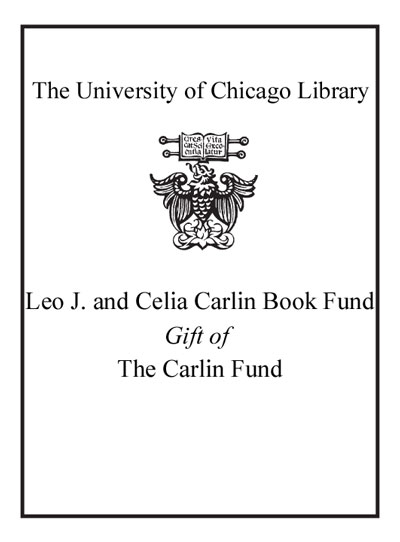| Summary: | Since their first acquisition in the early 1970s, the Fulvia and Adolpho Leirner's Collection of Brazilian Art Deco has been designed to set up their own residence as a co-star in the couple's other collection of constructive art. Almost 50 years later, it became one of the main records of the period in which it germinated Brazilian modernism. Already dominant in the old world, the art deco aesthetic sat here in the luggage of immigrant artists - Gregori Warchavchik, Lasar Segall, Antelo Del Debbio, John Graz, among others - and national names who visited the old continent, such as Tarsila do Amaral, Vicente do Rego Monteiro, Di Cavalcanti, Anita Malfatti, Ismael Nery, Antonio Gomide, Regina Gomide Graz and Flávio de Carvalho, all present in the Leirner collection. Authored by Ana Paula Simioni (IEB-USP) and Luciano Migliaccio (FAU-USP), the book analyzes the work of the collection, passing on, from what emerges in each item, the various artistic aspects of the period. Each work is also accompanied by its course in exhibitions and publications. In addition to being an unprecedented document about the period, the book demonstrates the relevance of the couple's performance as collectors and recalls the formation of the arts market in Brazil, "The Fulvia and Adolpho Leirner Collection not only owns and preserves works of historical value, but itself is a constitutive part of the history of modern art in Brazil, having contributed to exhibitions that have raised debates and reassessments about this moment of Brazilian art. To understand this, you need to go back a little bit in time. The 1970s pointed to an important stage in the maturity of the artistic field in Brazil, especially in São Paulo, through the consolidation of an art market. Commercial auctions and galleries have multiplied, as well as some dealers have taken off. In a clear sign that art became a valuable commodity, banks opened special credit lines for their acquisition. The euphoria of the art market was contemporary to the economic miracle." (...) "Understanding the logic that permeates the collection, the guiding principle of each acquisition, of each particular work, requires looking at the disputes surrounding the definition of modern art, in which collectors participate with a conscious and quite original position for the local environment.".
|
|---|

